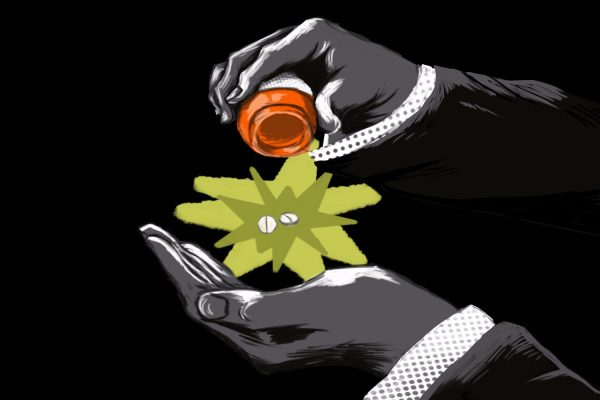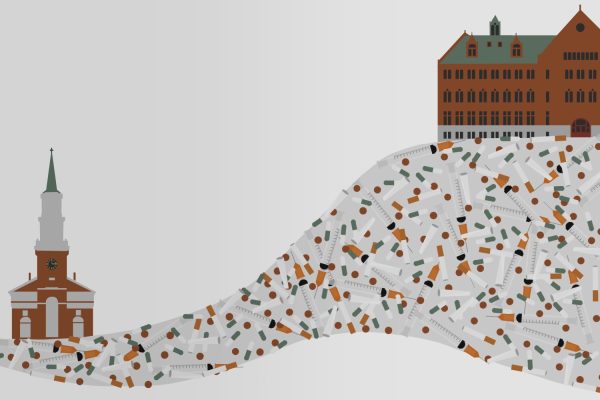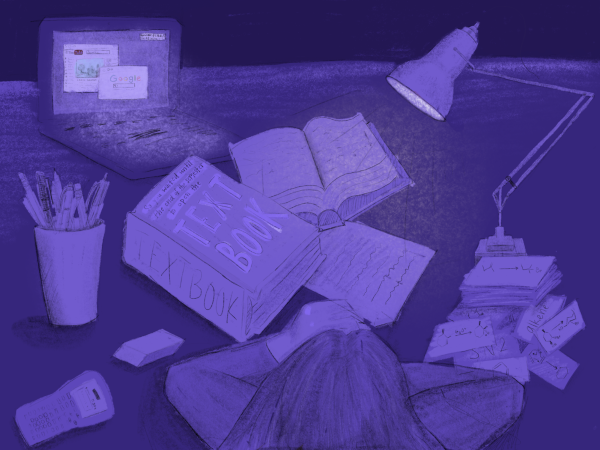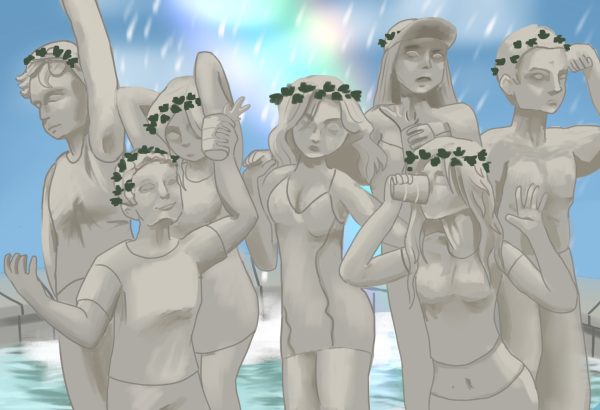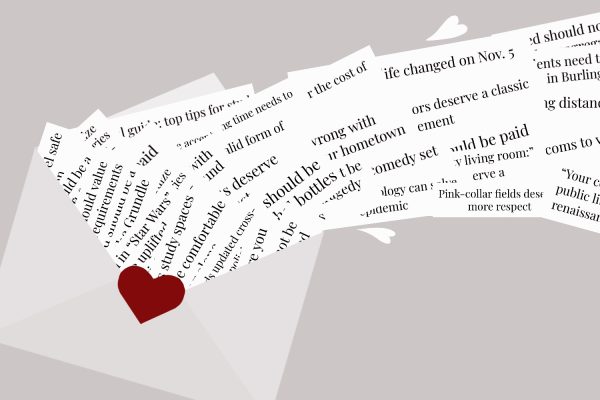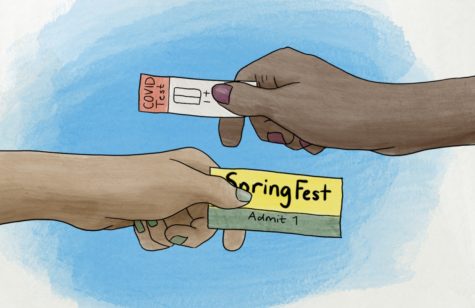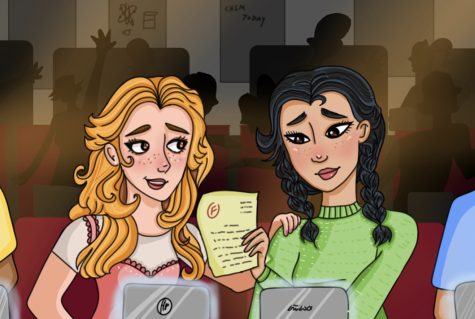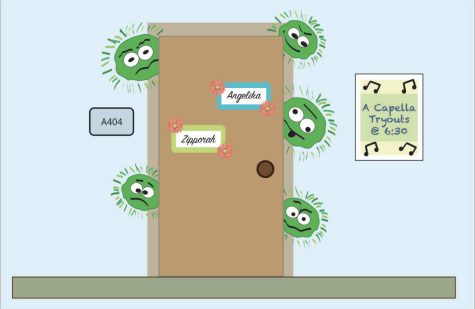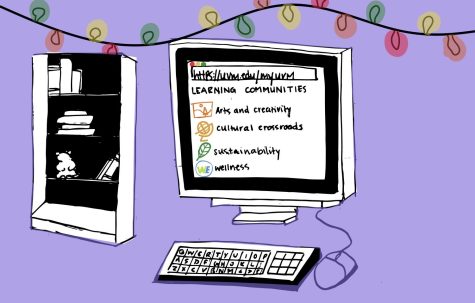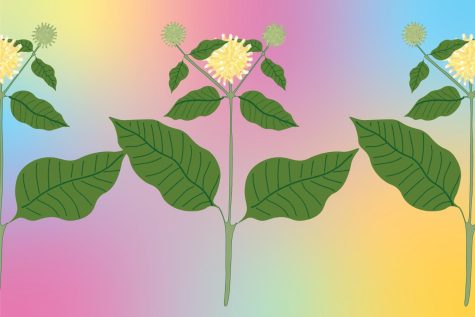Rethink diversity courses
Diversity is defined simply as difference, variety or a range of things.
There are few things that unite the various academic departments at UVM. All students must take two “diversity” courses.
The courses are partitioned into “race and racism in the U.S.” and another covering “human and societal diversity,” both with focuses on fostering cultural competency.
Ask a student about their experience in the classes and, much like the supposed course content, it ranges greatly.
The problem with the courses is that they bring attention primarily to one type of diversity – that is, visible racial and ethnic diversities.
Diversity is in everyone. It is a cliché but it is so very important to acknowledge that no two people are the same.
People are combinations of all their identities as well as their life experiences. By only studying those with marginalized identities, those same identities are further pushed to the fringes of normalcy as being “other.”
There is not one singular way to be any identity. The way that each African- or Caribbean-American identified person embodies their blackness is different, just like the ways that each Muslim exemplifies their religious beliefs or practices differs.
There is no right or way wrong to be genderqueer, pansexual or intersex.
The part of cultural competency that people often have trouble with is understanding that an identity is different for each person who claims it an equally valid.
The diversity courses, however, teach students about one idea of how a culture creates and lives out its social norms. Any divergence from those learned cultural markers is rendered inauthentic.
The taught perspective is often from that of a social scientist or academic scholar, rather those who live and breathe the culture daily.
Yes, both those the upper echelons of society and the general masses know about their cultures, but their experiences and understandings of themselves are very different.
The most problematic thing in the diversity courses is that students often leave classes with a seemingly expert knowledge on a culture when, in fact, they have learned only the superficial basics thereof.
Making broad generalizations and reinforcing stereotypes may be even worse than being totally ignorant to the peoples studied in retrospect.
Diversity classes need to change in a few big ways. They need to focus on educating students about their own identities and the intersections between them.
That means all abilities, classes, religions, etc. — not just race and ethnicity. And those with normalized identities must come to understand how they are impacted as well.
Sexism is not a problem just for women, racism for people of color and classism for those of modest incomes. Students and professors must have a stake in their education in these classes.
Personal experience should not be left at the door, but rather needs to be brought in to each and every class. Stories, memories and experiences do matter, particularly in teaching people empathy. Classes should be discussion based with no more than 25 students in a class.
What needs to be taught is for students to see and celebrate the humanity of others. Diversity matters because it helps us connect with those who are different from us and from whom we are different as well.
We need to recognize people for who they are, not who they are imagined or constructed to be.
Students must know that normal is relative, and that stereotypes may not be false, but they are never someone’s whole story. People must learn to care for one another, both with respect to diversity and in spite of it.
As of now, that’s not something that’s being taught in our classrooms.


